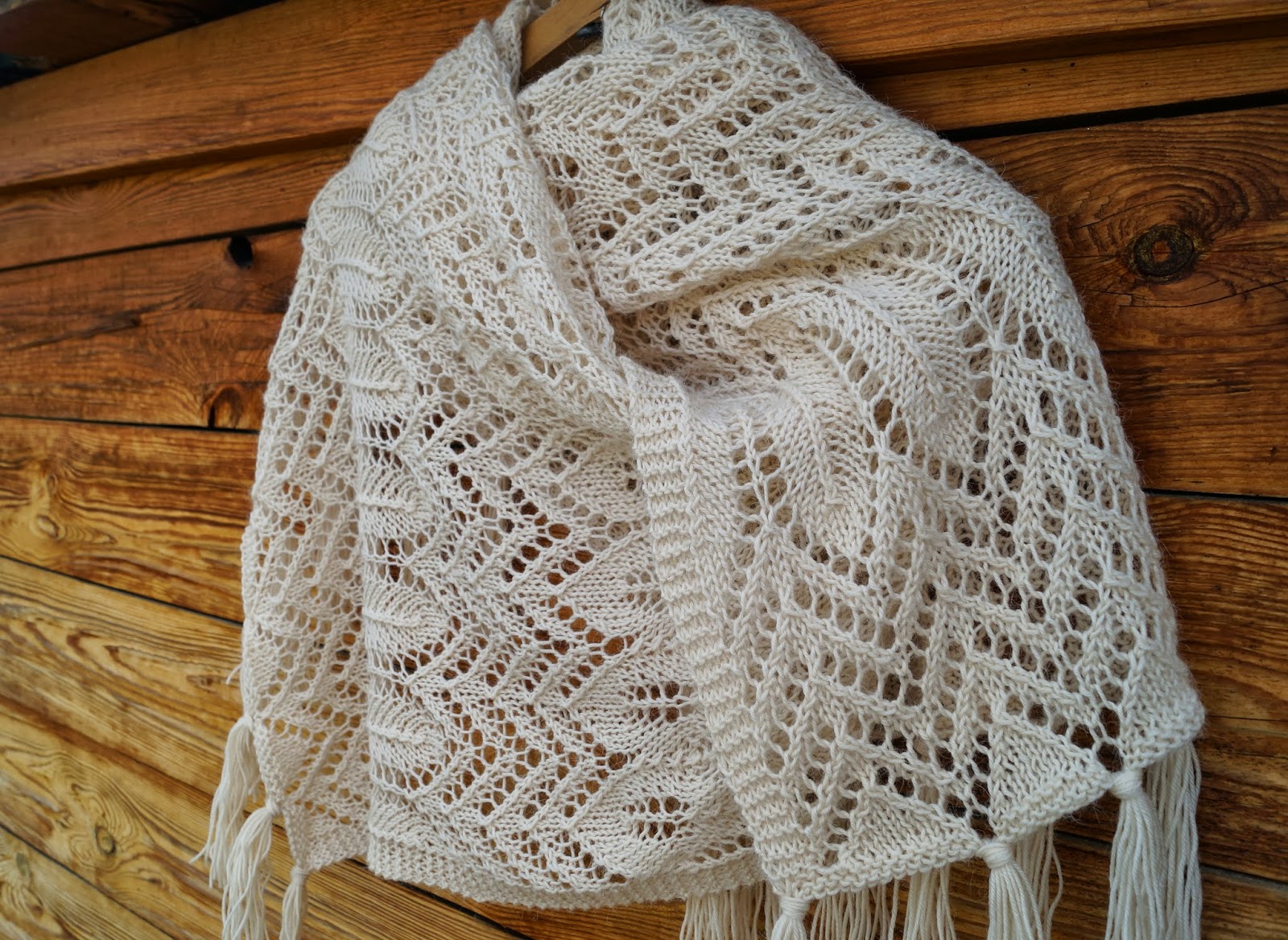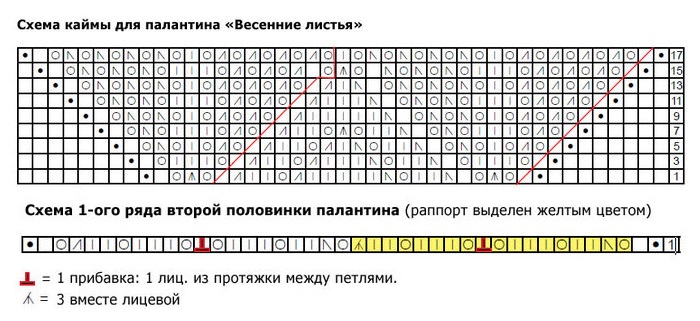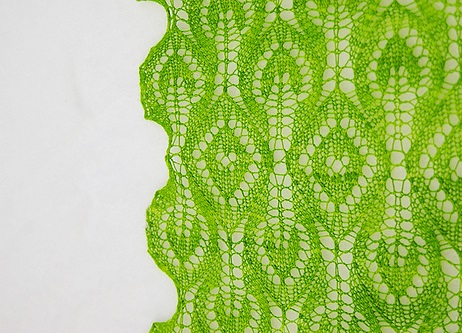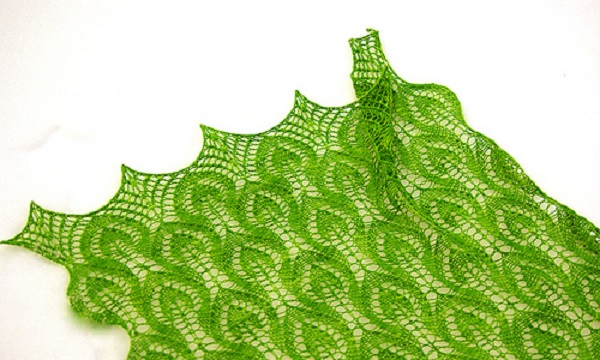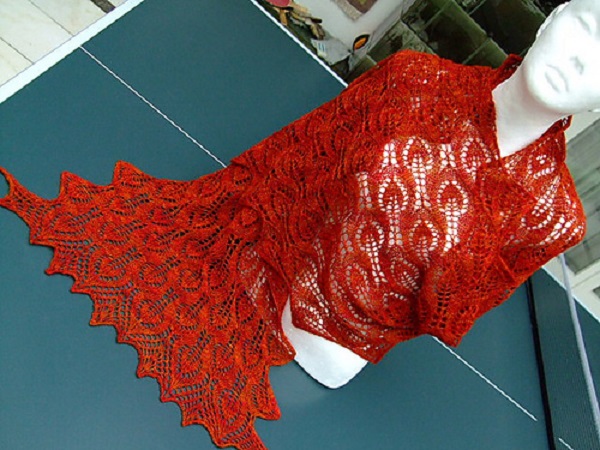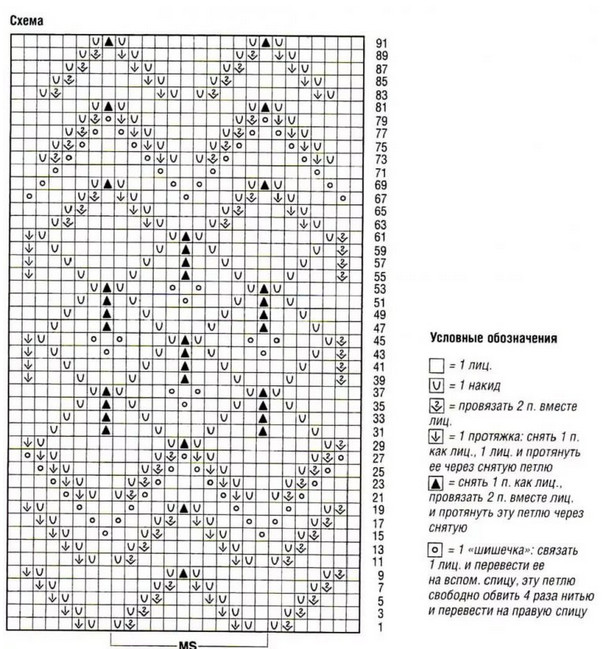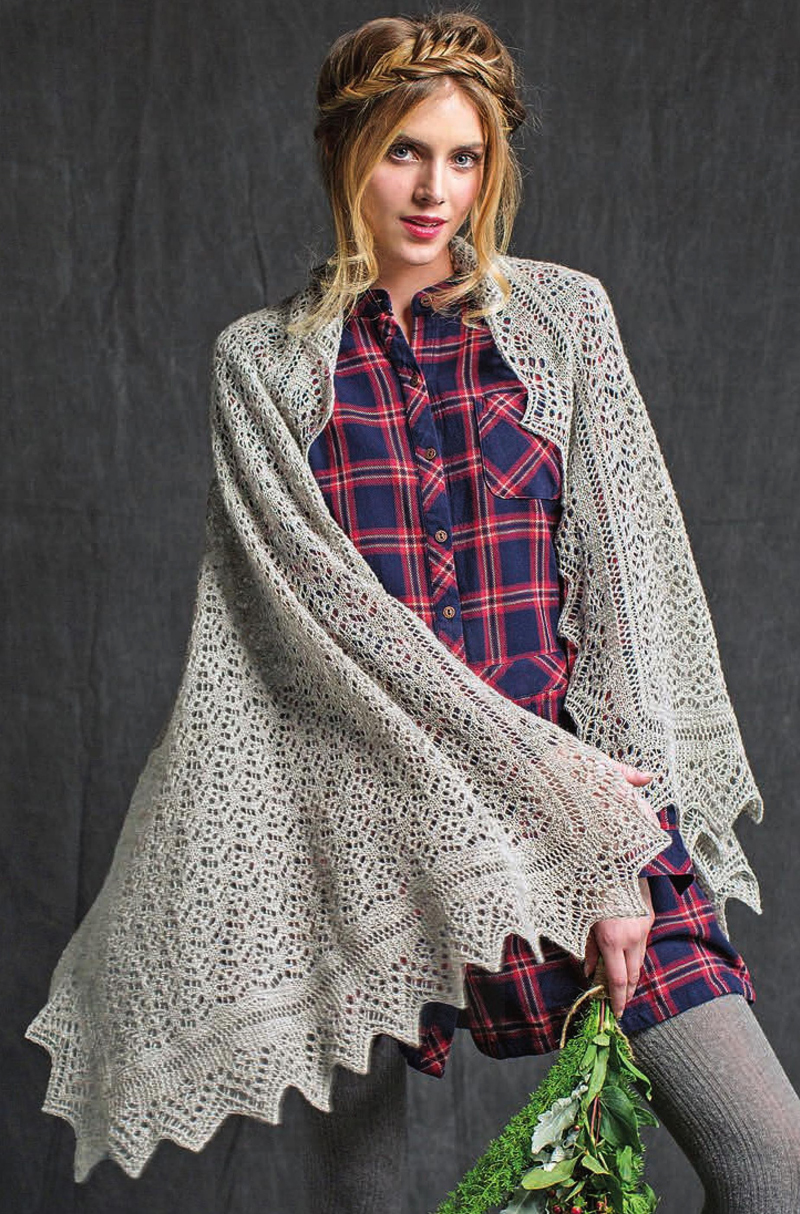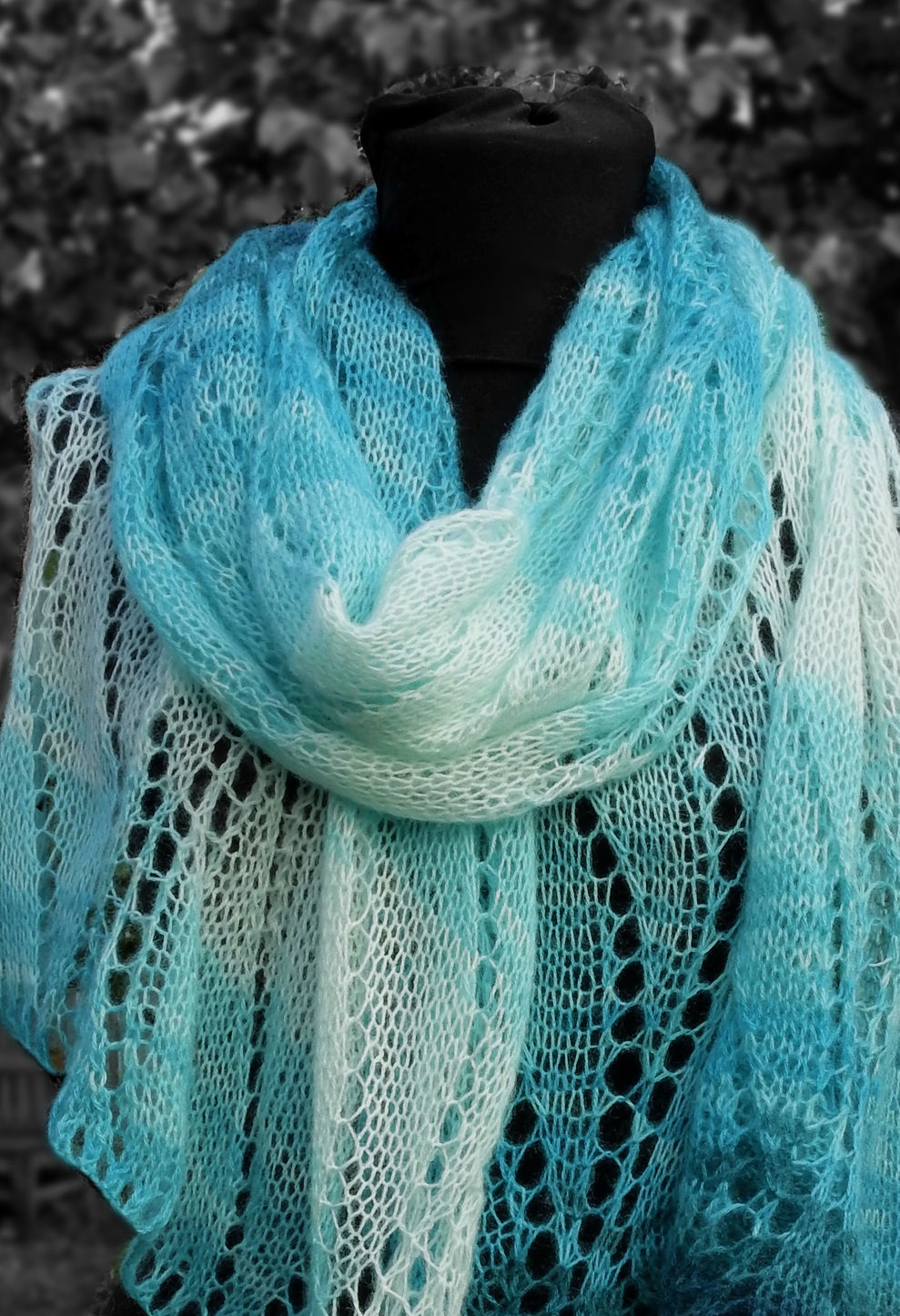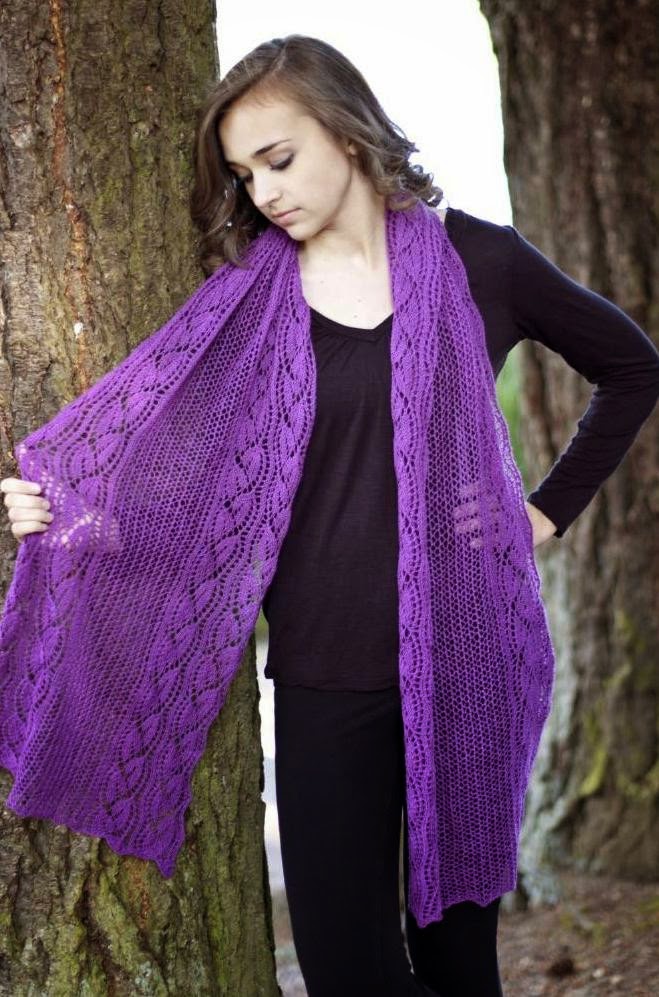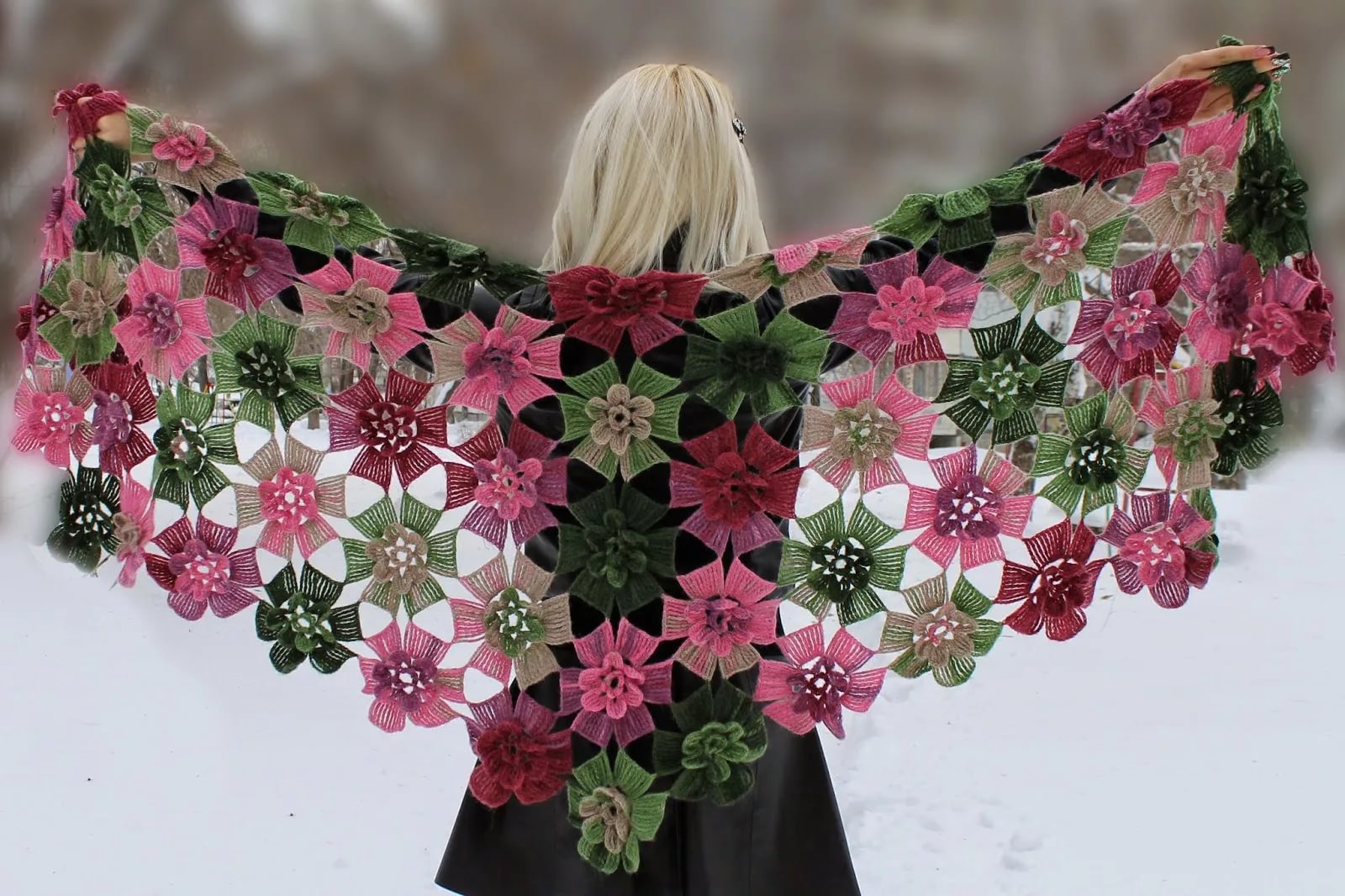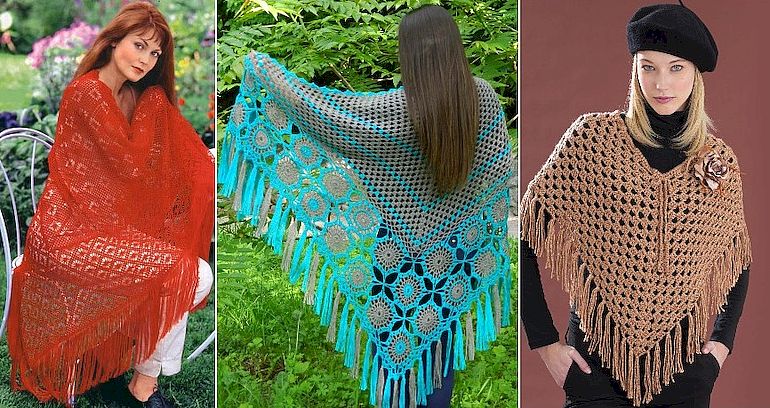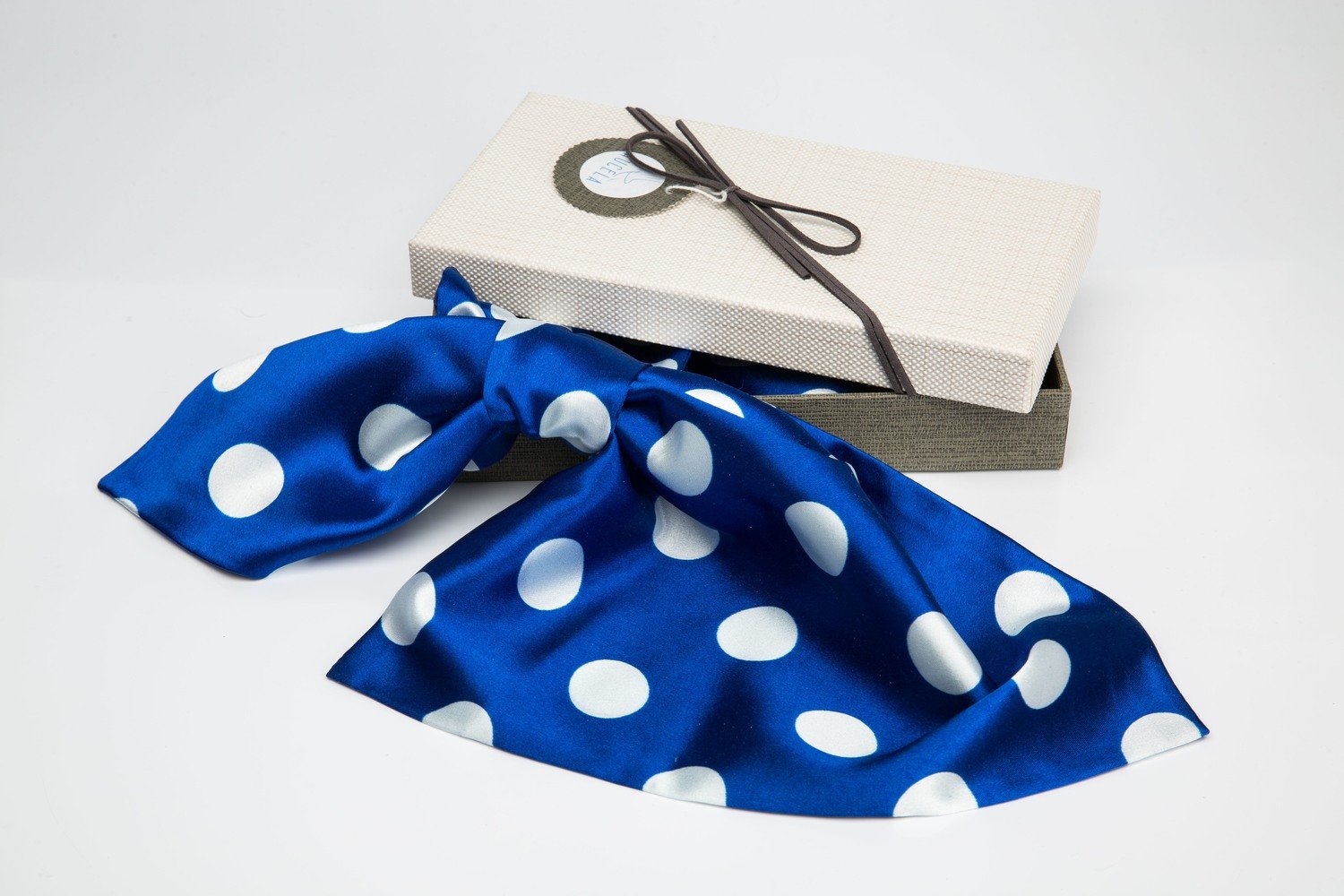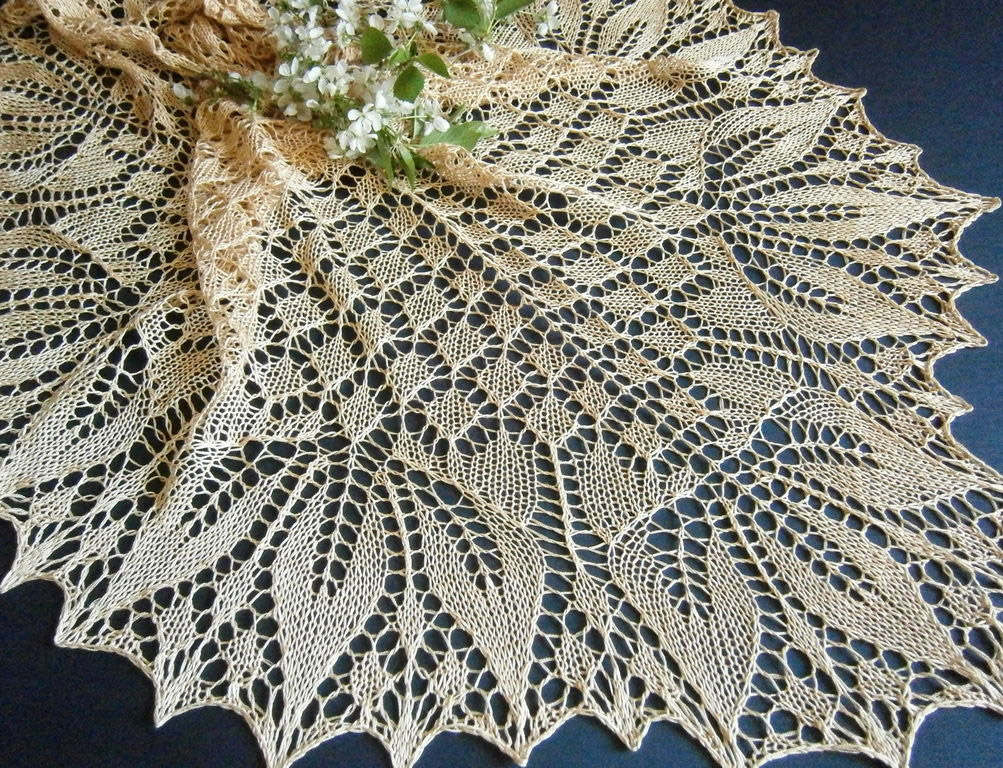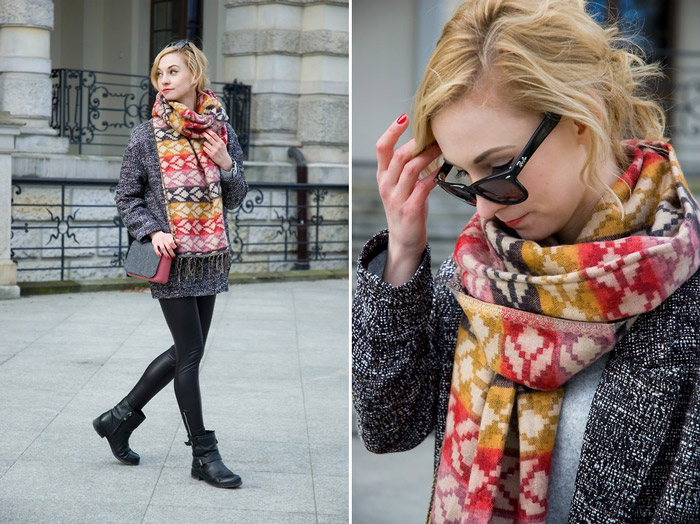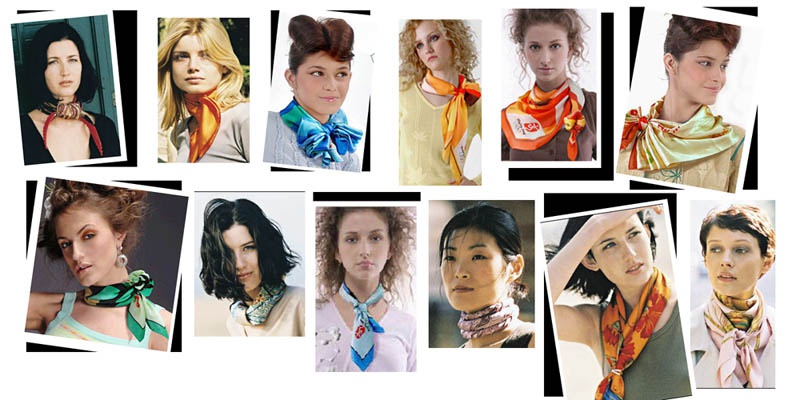Among the many women's accessories, the stole occupies a special place. It can transform the image, make it more feminine and romantic. And it is also a functional wardrobe item, since with the help of the thing you can cover your shoulders or warm up on a cold evening. Needlewomen say that knitting a stole with knitting needles is quite easy even for beginners. The accessory can have different sizes, which makes it universal.
Selection of yarn and knitting needles
Before creating a knitted stole, you need to decide on the yarn that will be used in the work. If you need a winter accessory, it is advisable to choose woolen threads or options that contain wool. Such a shawl will not only warm you, but also help create a stylish image. Alpaca wool is considered the warmest, you can also choose merino wool.
There is yarn that consists of several types of threads. A warm stole model is often made of wool and acrylic. In this case, the accessory is more wear-resistant. If you need a completely natural option, you can give preference to wool with silk. Such yarn is more expensive, but is soft and comfortable to wear. A fluffy, delicate product will turn out from mohair or angora, but such accessories require special care.
Cotton is suitable for demi-season and summer options, it holds its shape well and is environmentally friendly. Silk is an excellent choice for creating elegant accessories. Such yarn adds shine and is easily combined with various decor.
Shawls made from fine linen retain their drape well, but these threads are difficult for beginners to work with because they are slippery.
Before knitting a stole, it is necessary to calculate the footage of yarn. In this case, everything depends on the size of the future product. Models can be of the following types:
- Long. Width 35–40 cm, length from 100 cm and more, they cover the shoulders and arms to the wrists.
- Shortened. The width is the same as in the previous case, the length is 70-80 cm. They are thrown over the shoulders, covering the arms up to the elbow.
- Wide. Width from 79 cm, any length, this option is universal.
It is easy to calculate how much yarn is needed for stoles. To do this, you need to knit a test sample measuring 10 x 10 cm with the pattern chosen for the item. It needs to be washed, and when it dries, measure the sides. Then you need to calculate the area of the knitted element by multiplying the width by the length, and then unravel the square.
The next step is to measure the length of the test sample thread. The resulting number must be multiplied by the area of the future stole. The resulting value must be divided by the area of the sample. All these mathematical calculations will help to determine the total length of the required yarn.
When choosing a tool, you need to pay attention to the patterns for knitting a stole. If you are going to use crossed loops, braids, the knitting needle should be 1.5 mm thicker than the yarn. To make openwork patterns, the knitting needles are taken 0.5 mm less than the threads. The thickness of the yarn also plays a role. Most manufacturers indicate the appropriate tool number directly on the bobbin. You can work with both regular and circular knitting needles. The latter are recommended for use with a large width of the product. Experienced needlewomen have a well-developed eye, they also have their own knitting style, so they choose tools based on their own preferences.
For beginners, the best advice is to pay attention to the pattern. Based on it, the yarn is selected, and its thickness determines the size of the knitting needles. It should be 2 times larger than the twisted thread.
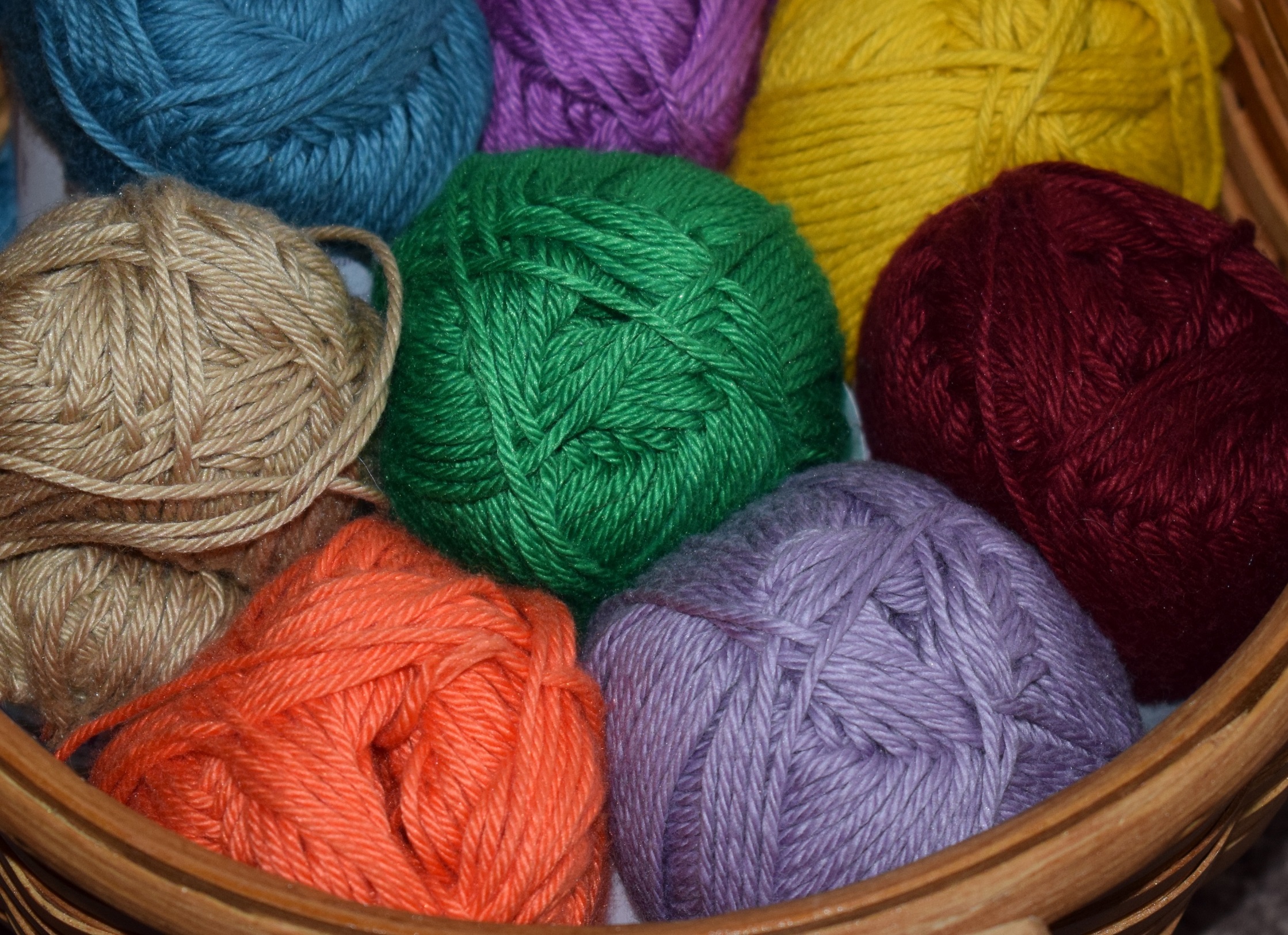
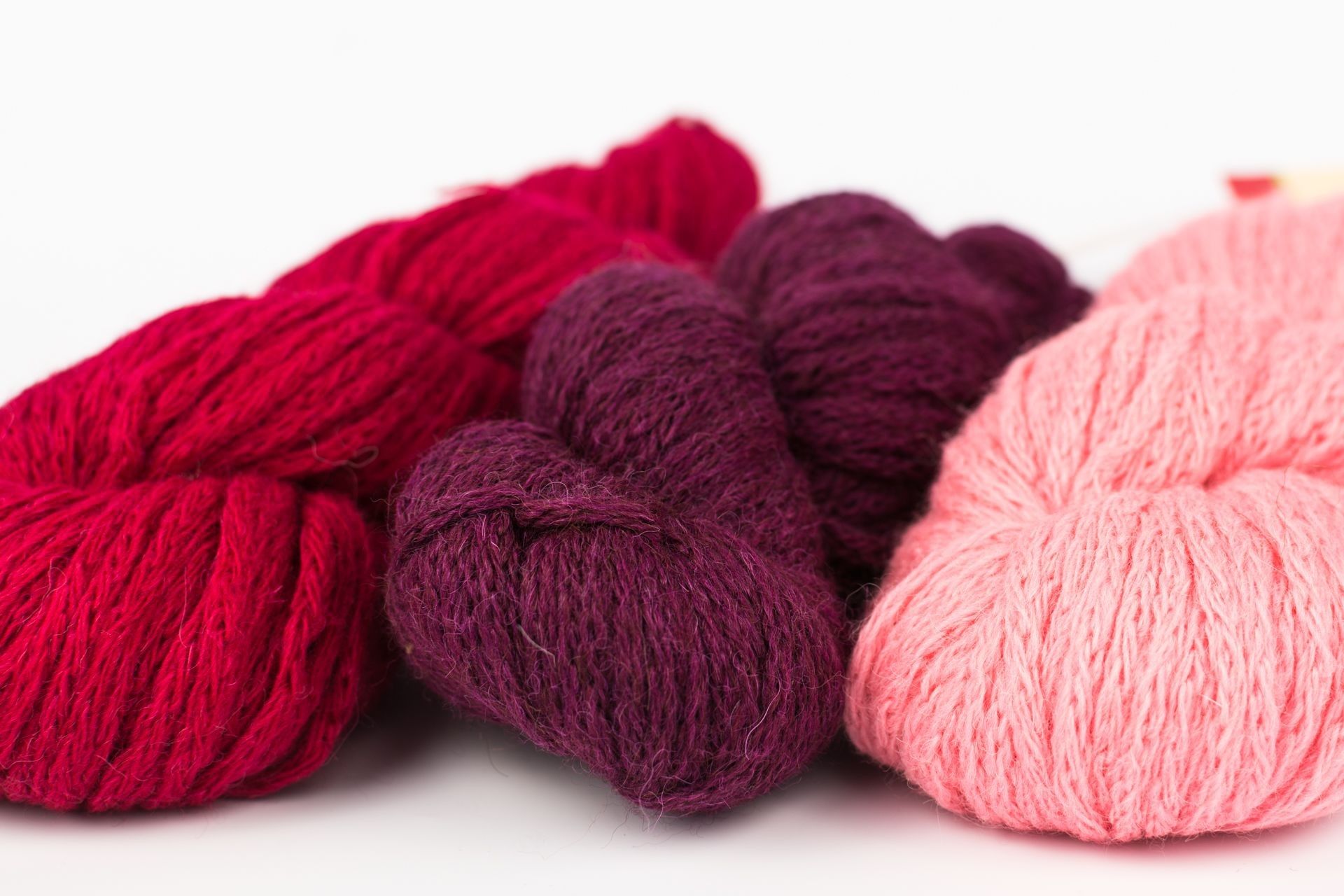
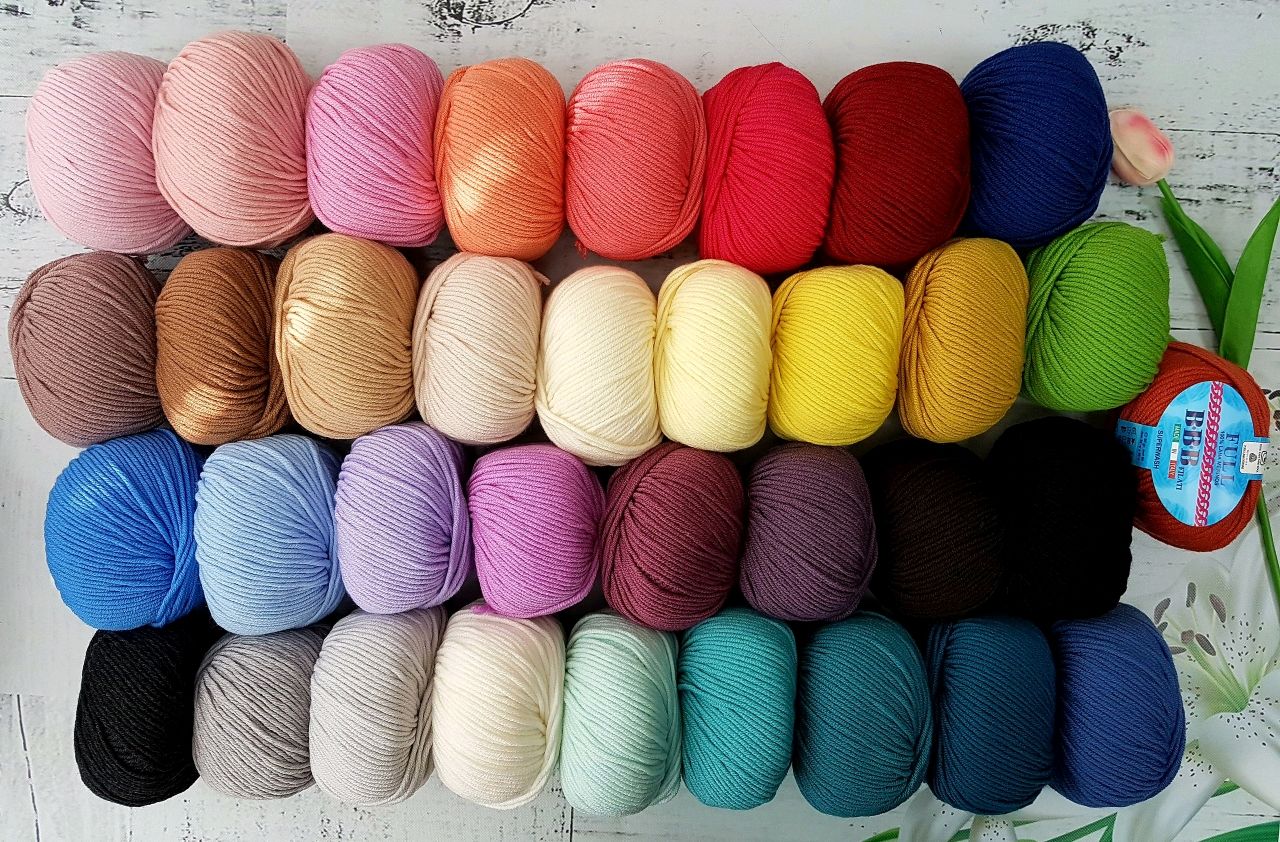



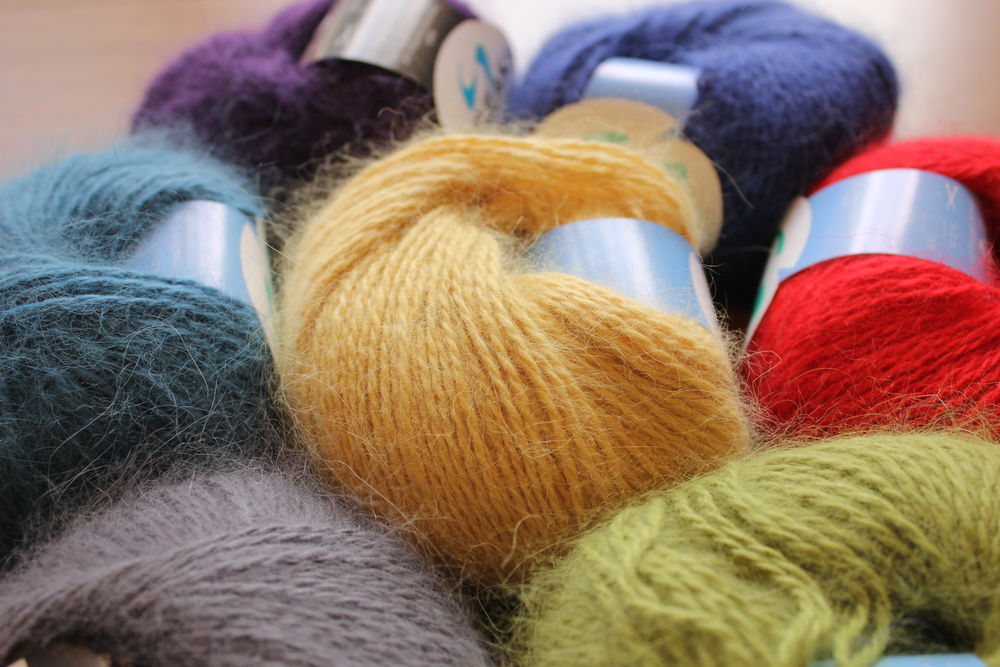
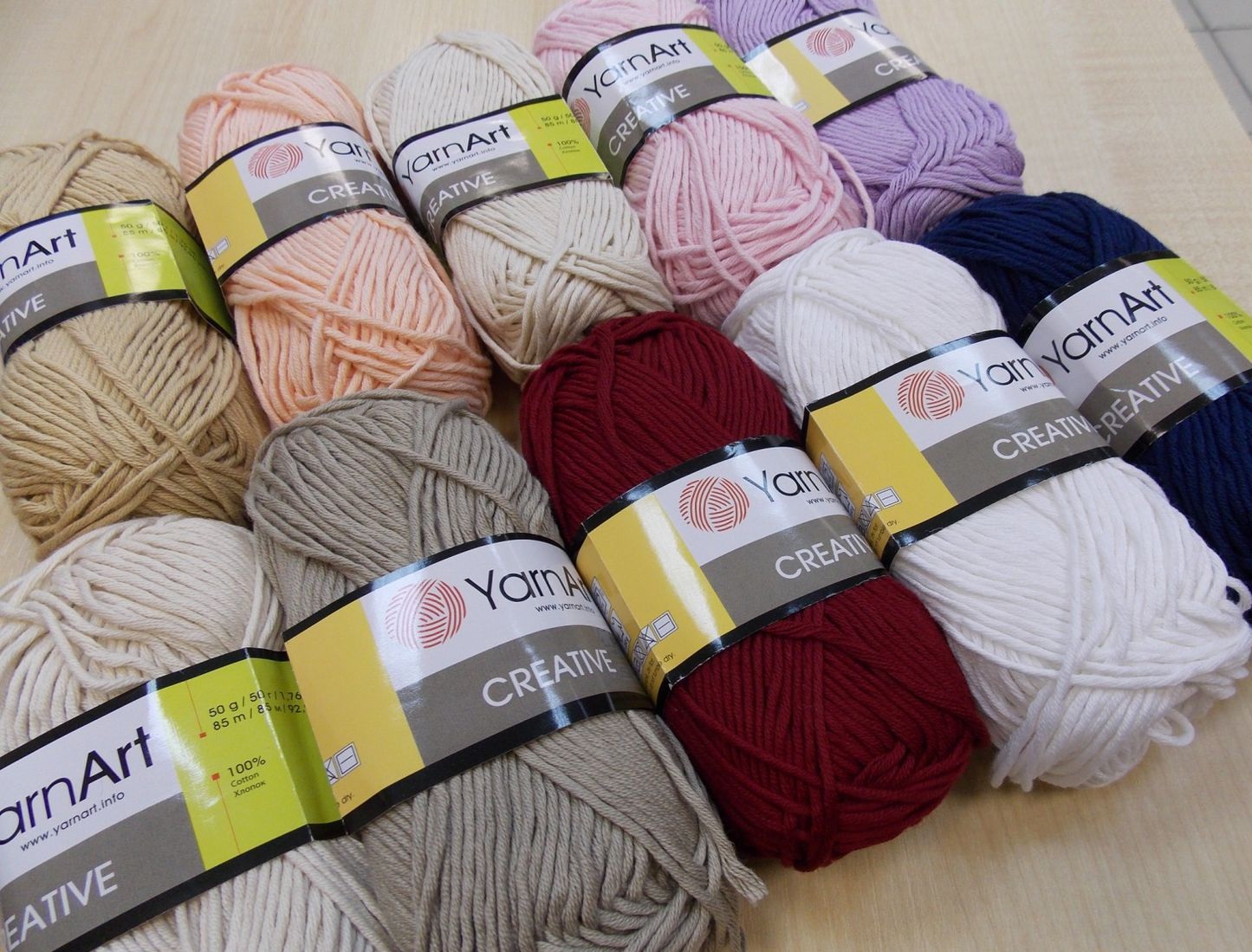
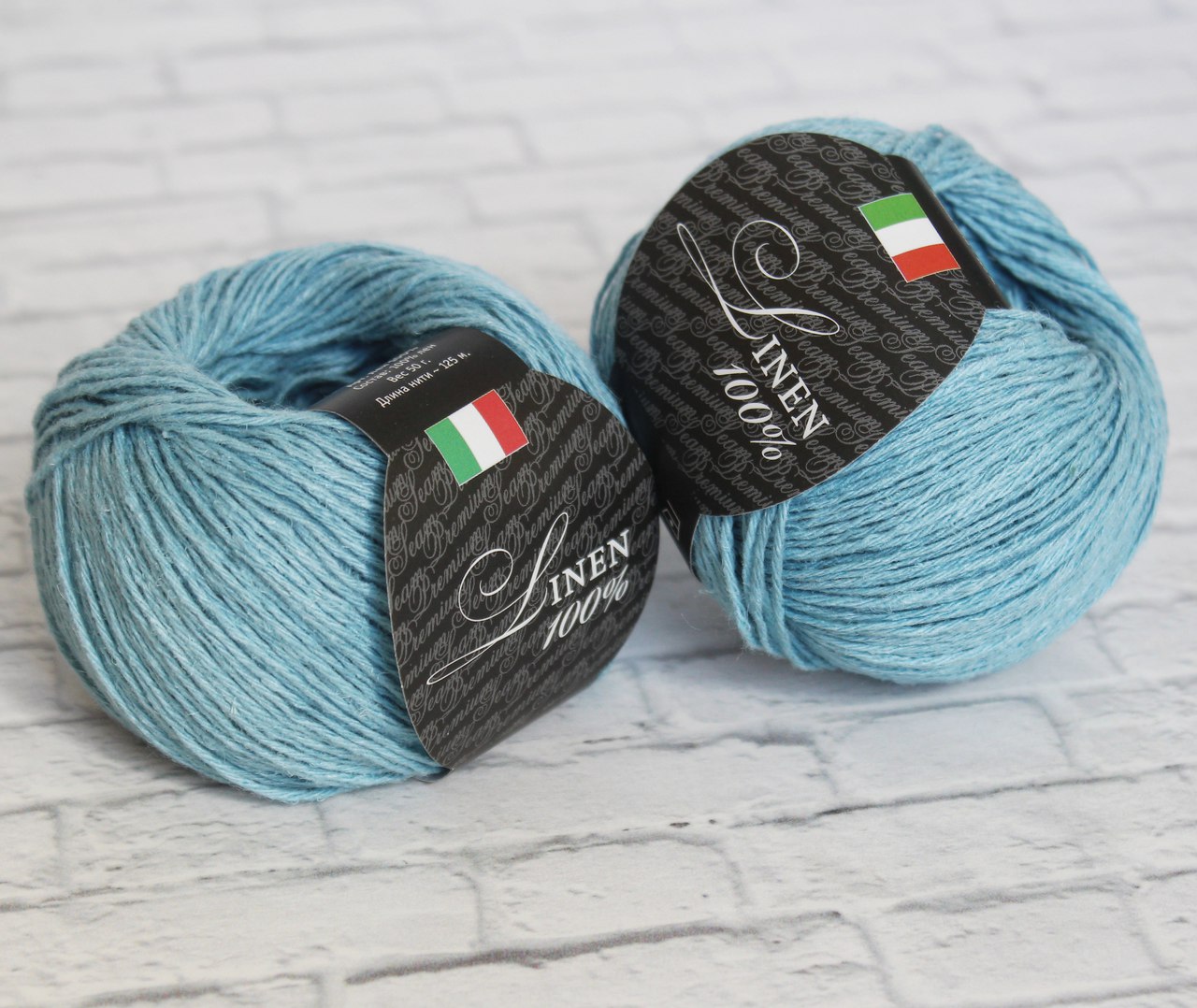
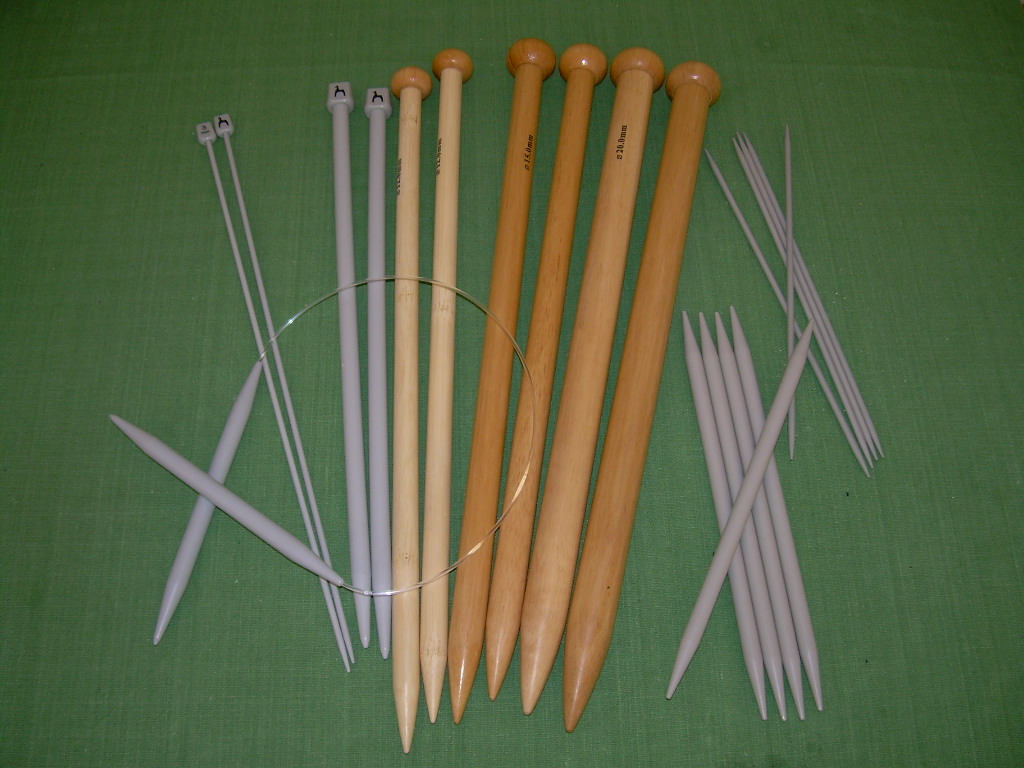
Popular knitting techniques
There are many patterns for knitting a stole with knitting needles, both beginners and experienced craftswomen can make it. This accessory is a simple rectangle, so there should be no problems in the work. If the cape is triangular in shape, then it is made in the form of a shawl, and the pattern used will be different. The most popular techniques that are used for knitting a stole with knitting needles are:
- Front satin stitch. It is considered one of the simplest, but no less beautiful. It is often called stocking stitch. The technique is well suited for beginners. Due to its simplicity, hands quickly get used to the pattern, and there is no need to remember a complex sequence of actions. The stole has two sides - front and back, so it is difficult to get confused. In other words, the fabric consists of 2 types of loops and always ends with edge trim.
- With the inclusion of braids and plaits. The technique is also quite simple to implement, so this type of knitting of a stole with knitting needles can be chosen by beginners. In fact, both patterns are minimally different from each other. Braids are just one overlap of loops, plaits are several such overlaps. For knitting, additional knitting needles are needed, which craftswomen use to remove before crossing. In this case, it is important to maintain symmetry.
- Pearl knitting. It got its name because it resembles scattered stones. The technique can be small, large or double, so it looks different. The relief of the fabric is uniform, but does not look boring.
Garter stitch, Tunisian stitch, patchwork, brioche and others are also used. The latter is ideal for beginners. It involves knitting patent loops in different directions and combinations. With this technique, it is easy to create a two-color stole from mohair, which is ideal for winter. Beginners will also like knitting in the patchwork style. The technique is simple and original. It can be implemented in two ways: knitting elements separately or connecting them in the process.
The most popular use of openwork patterns, as they can take on a variety of forms. The fabric is light and airy, so it is ideal for summer models. The pattern is clearly visible when choosing thick yarn, although you can make a thing from a thin thread, the product will look more elegant. Such patterns are created by adding and alternating yarns with loops knitted together. The pattern can be made in the form of leaves, diamonds, mesh, braids, have a wavy edge. The complexity of the work depends on the pattern, but even beginners can handle many types of knitting.
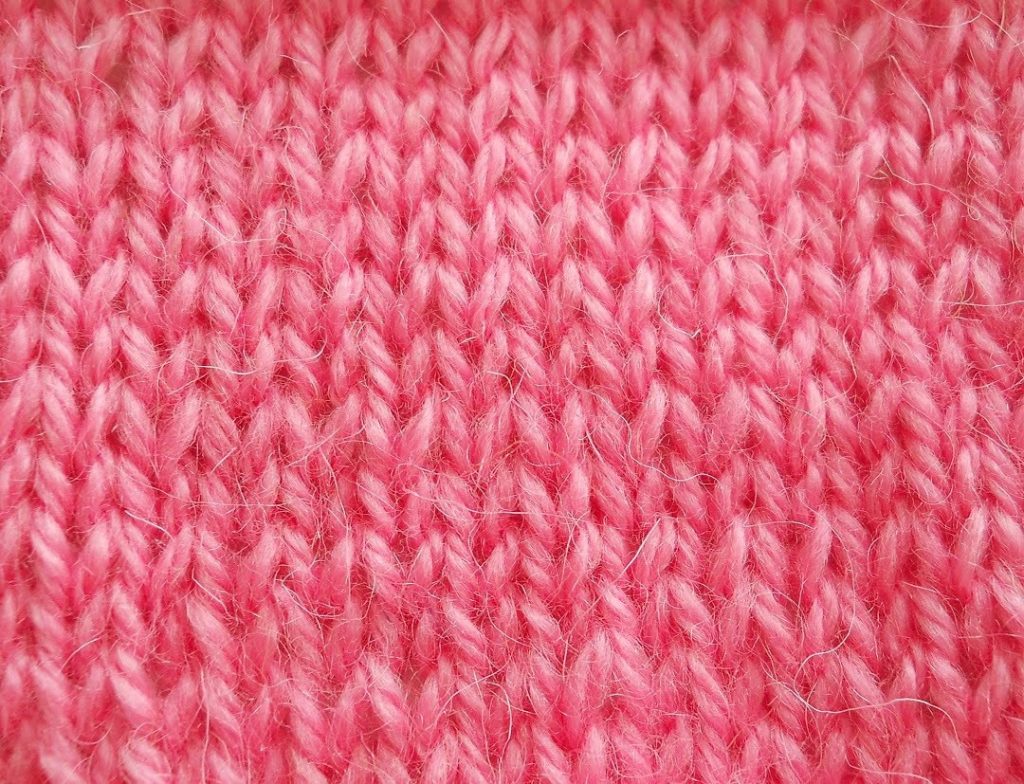
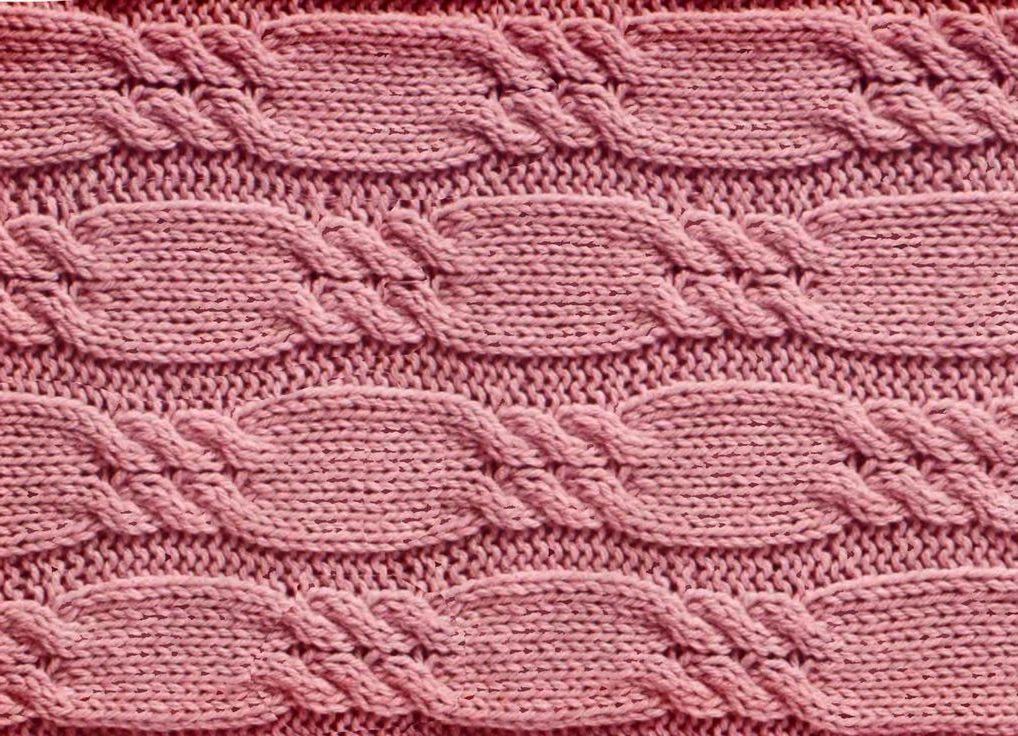
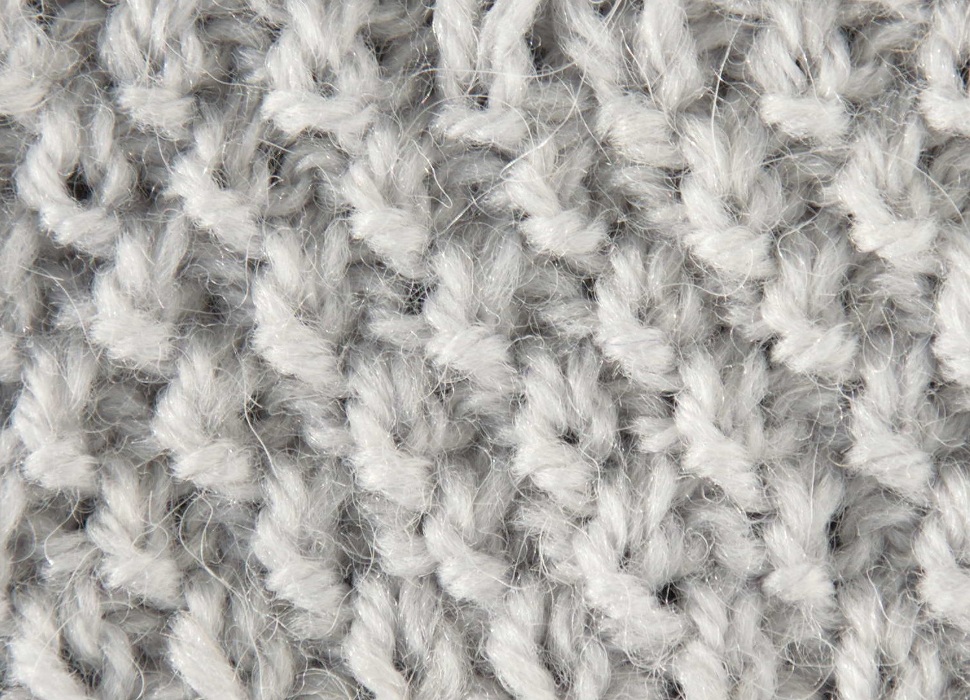
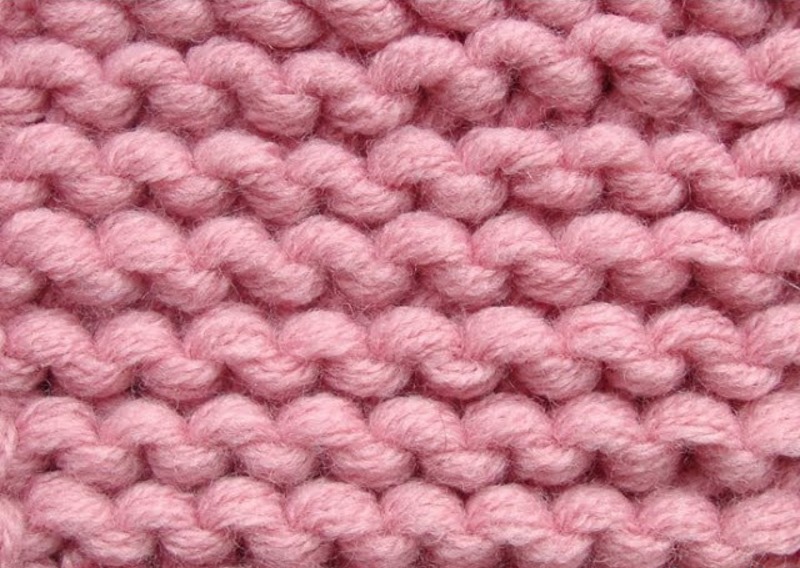
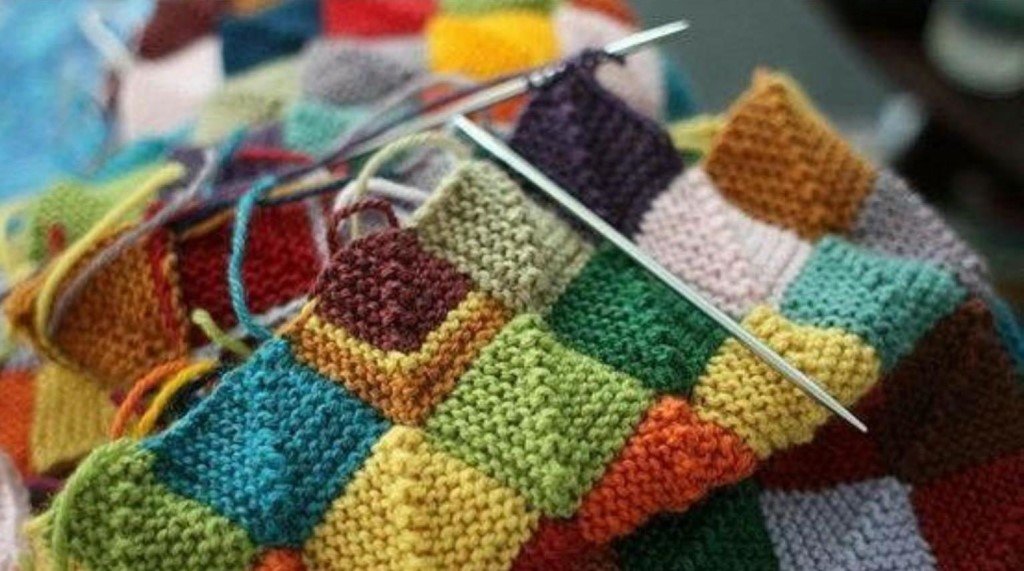
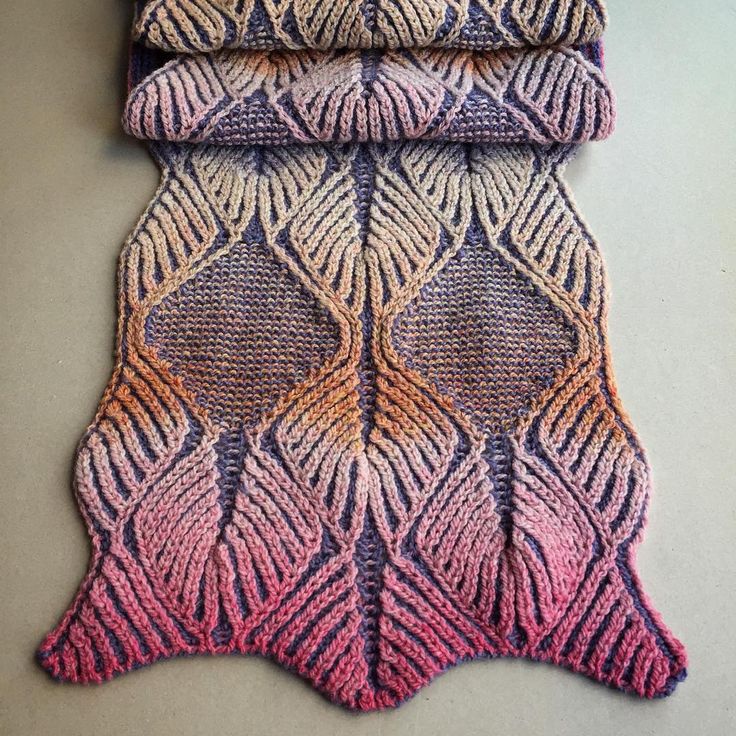
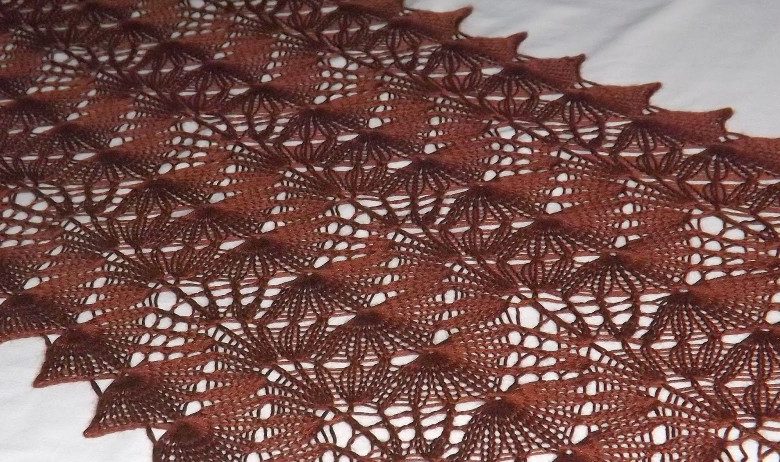
Knitting algorithm taking into account the model
Regardless of the pattern and yarn chosen, the work is always done according to a specific pattern. By following the recommendations, needlewomen will not be able to make mistakes and will get the result they expected. Any openwork pattern is ideal for summer accessories. When creating a product for the cold season, it is recommended to choose a dense knit. Each of the techniques will have its own characteristics and algorithm of actions.
Openwork
When creating an openwork stole for the warm season, it is advisable to choose thin threads. Viscose, iris, mohair or cotton are good choices. There are many different patterns made in this technique. A striking example is the leaf-shaped pattern. To create it, follow the pattern:
- prepare tools and consumables (regular knitting needles No. 4, 150 g of thin mohair, scissors, ruler);
- depending on the width of the accessory, cast on a number of loops that can be divided by 15, then add 2 more edge loops;
- create 1 row using purl stitches;
- knit the pattern by removing the edge loop, making a yarn over and knitting 3 purl stitches, then complete the rapport;
- knit an even row in the same direction as the pattern;
- create an odd row consisting of 2 knit stitches, a yarn over, a purl stitch, a yarn over and a knit stitch;
- repeat the pattern of the previous row.
Based on the diagram with the description, the sequence of knitting rows must be repeated. When the sheet is ready, it is necessary to proceed to the next one and continue working until the product acquires the required width. At the end, the loops must be closed and a border must be created.
Warm wool
It is not difficult to create an original warm stole. You can take yarn from pure wool or in combination with acrylic. You will need from 2 to 5 skeins depending on the thickness of the selected thread. For work, use yarn folded in half, as well as knitting needles number 5. Then the algorithm will be as follows:
- cast on 52 stitches and knit 25 cm in garter stitch, all rows should be knit;
- add 24 more stitches to the last row to make 76;
- knit the front row and divide it onto two additional needles;
- on each side knit with a rib pattern 18 cm, alternating between 2 purl and 2 knit;
- connect the loops on one knitting needle and knit another row according to the pattern, add 24 loops to the last row (you will get 100 pieces);
- knit 1 m in main pattern;
- remove 58 loops in 2 rows and make 14 cm with a 2 x 2 elastic band.
At the final stage, you need to add loops in the rows again, bringing their number to 52 pieces. Then finish the work with the garter stitch technique. As a result of using such a scheme, you get an original stole with an interception, and not a simple rectangle.
Decorating the product
If you choose an openwork pattern for a stole with knitting needles, then you will not need to decorate the product additionally. Such a pattern already looks self-sufficient and beautiful. The peculiarity of the pattern you like is emphasized with the help of the color of the yarn. When choosing a simple ornament, you can complement the accessory with tassels, fringe. Models with beads located along the perimeter turn out very beautiful, so the stole looks feminine and elegant. A multi-colored pattern with knitting needles looks original, bright shades are chosen for summer, muted or dark ones - for winter.
Beginner needlewomen are advised to simplify the process by creating a stole from sectional yarn. These are threads that are dyed in parts in different shades. You can also play up the pattern by choosing textured yarn.
If desired, you can add another color of yarn only at the ends of the accessory, that is, make a contrasting edging of the product. Delicate pastel shades combine perfectly in smooth transitions, creating an unusual gradient. Experienced craftsmen can use threads of different colors, connecting them together.
Video

